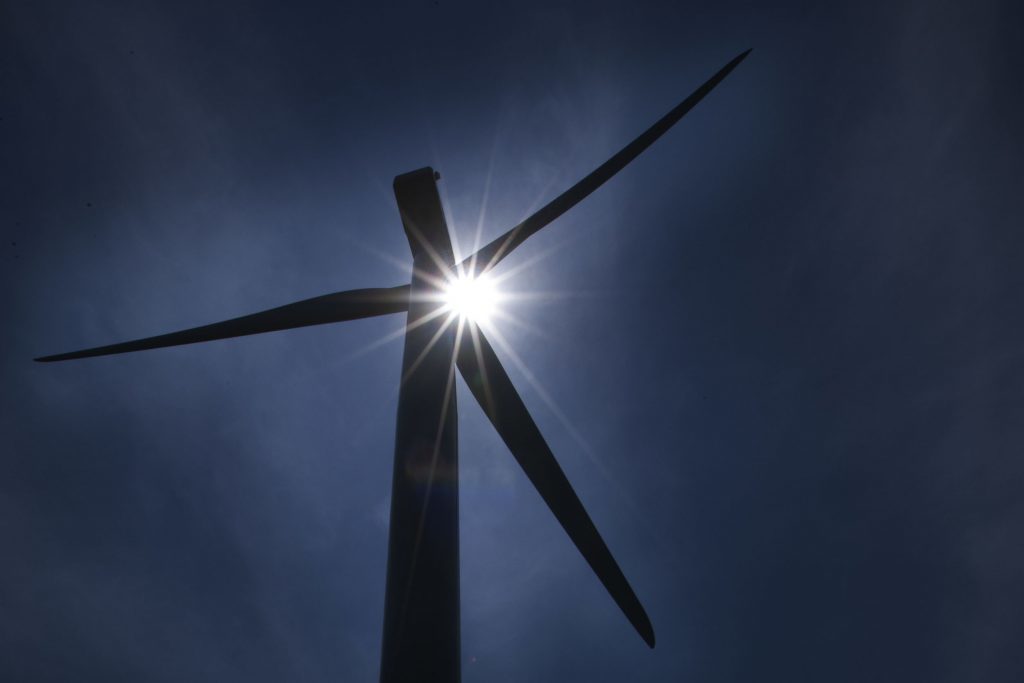
The amount of renewable power produced in 2017 could have powered Britain for the whole of 1958, a report shows.
Britain’s output from wind, biomass, solar and hydro grew by more than a quarter to 96 terrawatt hours of power, the latest Electric Insights report, from researchers at Imperial College London in collaboration with Drax shows.
That is more than enough to supply the 91 terrawatt hours used by the 52-million strong population of Britain 60 years ago in 1958, the year that saw the arrival of Blue Peter, the Hula Hoop and Paddington Bear, the report said.
In that year, when the electrical appliances that now make up a quarter of home power demand were still an expensive luxury, 92% of electricity came from coal.
But by 2017, coal’s share of the power mix had fallen to 7%, while wind climbed to new highs to provide 15% of the country’s electricity, up from 10% in 2016.
Overall last year 50% of power generation came from low carbon sources such as nuclear, with 25% of output coming from renewables.
Carbon emissions from electricity consumption fell 12% last year, a saving equivalent to taking one in seven cars off the road, the report said.
Dr Iain Staffell, from Imperial College London said: “Generation from coal continues to fall and is now the preserve of colder months as opposed to being the mainstay of generation as it was in 1958.
“Sixty years ago, the power system emitted 93 million tonnes of CO2; in 2017 renewables managed to produce the same amount of electricity by emitting just three million tonnes.
“The share of fossil fuels on the system has fallen from 80% to 50% since 2010 and the effect that shift in the balance of power is having in terms of lowering our carbon emissions is striking.”
Andy Koss, Drax Power chief executive said: “This report shows the great progress we have made in terms of decarbonising the energy sector. “
Recommended for you
